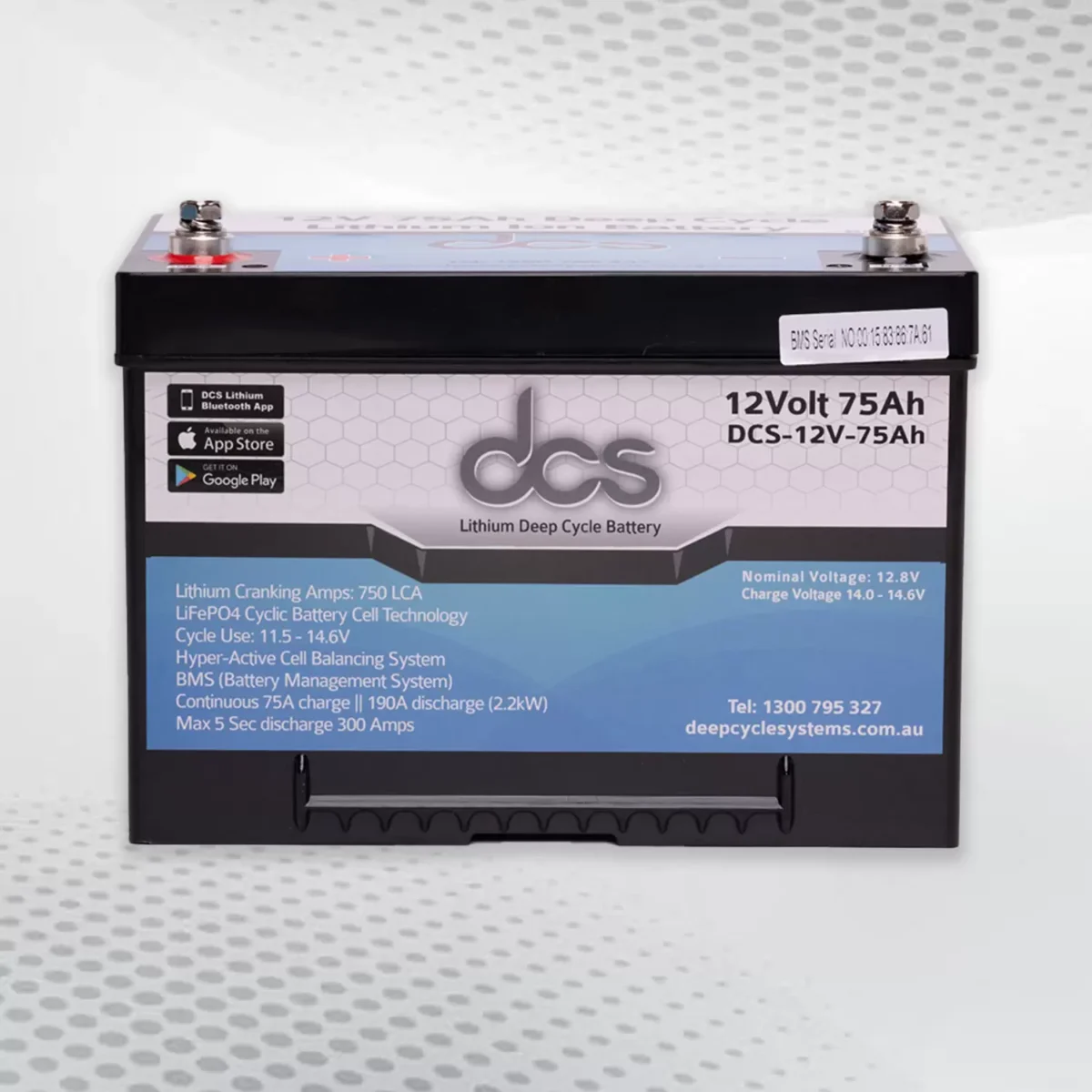In today’s digital age, businesses are increasingly adopting electronic invoicing (e-invoicing) to streamline their financial processes, reduce errors, and improve efficiency. E-invoice software has become an essential tool for companies of all sizes, enabling them to generate, send, and manage invoices electronically. However, one of the most common questions businesses have when considering this technology is: What is the e invoice software price In this article, we will explore the factors that influence e-invoice software pricing, the different pricing models available, and how to choose the right solution for your business needs.
What is e-Invoice Software?
Before diving into the pricing details, it’s important to understand what e-invoice software is and how it works. E-invoice software is a digital tool that allows businesses to create, send, and manage invoices electronically. Unlike traditional paper-based invoicing, e-invoicing eliminates the need for physical documents, reducing the risk of errors, delays, and lost invoices. The software typically integrates with accounting systems, making it easier to track payments, manage cash flow, and maintain accurate financial records.
E-invoice software is particularly beneficial for businesses that deal with a high volume of invoices or operate in industries where compliance with tax regulations is critical. Many governments around the world are now mandating the use of e-invoicing to improve transparency and reduce tax evasion, making it a necessity for businesses in certain regions.
Factors Influencing e-Invoice Software Price
The price of e-invoice software can vary significantly depending on several factors. Understanding these factors can help you make an informed decision when selecting a solution for your business.
Business Size and Volume of Invoices
The size of your business and the number of invoices you generate each month play a significant role in determining the cost of e-invoice software. Small businesses with a low volume of invoices may find affordable solutions tailored to their needs, while larger enterprises with thousands of invoices may require more advanced features, leading to higher costs.
Features and Functionality
E-invoice software comes with a wide range of features, from basic invoicing tools to advanced functionalities like automated payment reminders, multi-currency support, and integration with other business systems. The more features you require, the higher the price of the software. It’s essential to evaluate your business needs and choose a solution that offers the right balance of features and affordability.
Customization and Scalability
Some businesses may require customized e-invoice software to meet their specific needs. Customization can include branding options, tailored workflows, or integration with proprietary systems. Additionally, scalability is an important consideration for growing businesses. Software that can scale with your business as it grows may come at a higher price but can save you money in the long run by avoiding the need to switch to a new system.
Deployment Model
E-invoice software can be deployed in two main ways: on-premise or cloud-based. On-premise solutions require you to install and maintain the software on your own servers, which can involve significant upfront costs and ongoing maintenance expenses. Cloud-based solutions, on the other hand, are hosted on the vendor’s servers and accessed via the internet. These solutions typically have lower upfront costs and are priced on a subscription basis, making them more affordable for small and medium-sized businesses.
Compliance and Security
Compliance with local tax regulations and data security standards is a critical consideration for e-invoice software. Some solutions are designed to meet specific regulatory requirements, such as GST compliance in India or PEPPOL standards in Europe. Ensuring compliance and robust security measures may increase the price of the software but is essential for avoiding legal issues and protecting sensitive financial data.
Common Pricing Models for e-Invoice Software
E-invoice software vendors offer various pricing models to cater to different business needs and budgets. Understanding these models can help you choose the most cost-effective solution for your business.
Subscription-Based Pricing
Subscription-based pricing is the most common model for cloud-based e-invoice software. Under this model, businesses pay a monthly or annual fee to access the software. The cost typically depends on the number of users, the volume of invoices, and the features included. Subscription-based pricing is ideal for businesses that prefer predictable costs and do not want to invest in upfront infrastructure.
One-Time License Fee
Some on-premise e-invoice software solutions require a one-time license fee, which grants you permanent access to the software. While this model may involve a higher upfront cost, it can be more cost-effective in the long run for businesses that plan to use the software for many years. However, you may still need to pay for updates, maintenance, and support.
Pay-Per-Use Pricing
Pay-per-use pricing is a flexible model where you only pay for the number of invoices you generate. This model is suitable for businesses with fluctuating invoice volumes or those that want to minimize costs during periods of low activity. However, it may not be the most economical option for businesses with consistently high invoice volumes.
Freemium Model
Some e-invoice software vendors offer a freemium model, where basic features are available for free, and advanced features require a paid subscription. This model is ideal for small businesses or startups with limited budgets that want to test the software before committing to a paid plan. However, the free version may have limitations, such as a cap on the number of invoices or restricted access to premium features.
How to Choose the Right e-Invoice Software for Your Budget
Selecting the right e-invoice software involves more than just comparing prices. Here are some tips to help you make the best decision for your business:
Assess Your Business Needs
Start by evaluating your business requirements, including the volume of invoices, the features you need, and any specific compliance requirements. This will help you narrow down your options and avoid paying for unnecessary features.
Compare Pricing Models
Consider the pros and cons of different pricing models and choose one that aligns with your budget and business goals. For example, if you prefer predictable costs and low upfront investment, a subscription-based model may be the best choice.
Read Reviews and Testimonials
Research customer reviews and testimonials to get insights into the software’s performance, reliability, and customer support. This can help you avoid potential issues and ensure you choose a reputable vendor.
Take Advantage of Free Trials
Many e-invoice software vendors offer free trials or demos, allowing you to test the software before making a purchase. Use this opportunity to evaluate the software’s usability, features, and compatibility with your existing systems.
Consider Long-Term Costs
While it’s important to stay within your budget, don’t overlook the long-term costs of the software. Consider factors like scalability, maintenance, and potential upgrades to ensure the solution remains cost-effective as your business grows.
Conclusion
The price of e invoice software price can vary widely depending on factors such as business size, features, deployment model, and compliance requirements. By understanding these factors and comparing different pricing models, you can find a solution that meets your business needs and budget. Investing in the right e-invoice software can save you time, reduce errors, and improve your overall financial management, making it a worthwhile investment for businesses of all sizes. Whether you opt for a subscription-based model, a one-time license fee, or a pay-per-use plan, the key is to choose a solution that offers the best value for your specific requirements.




